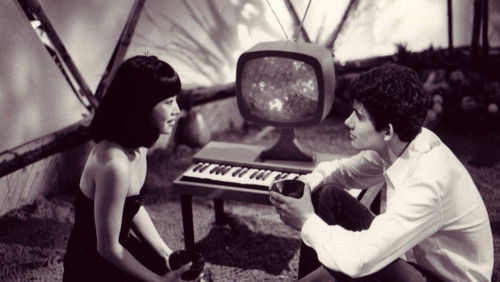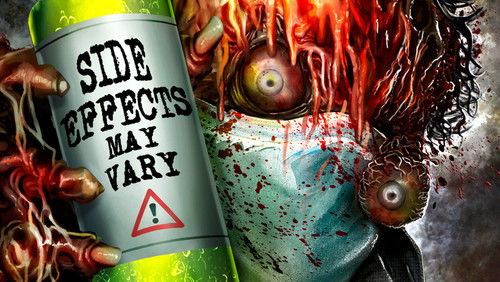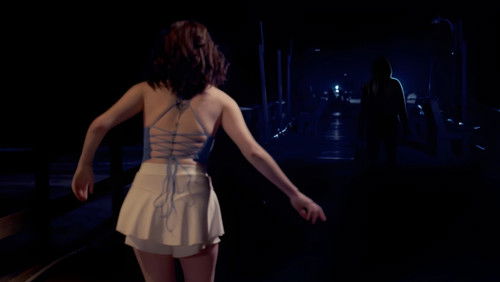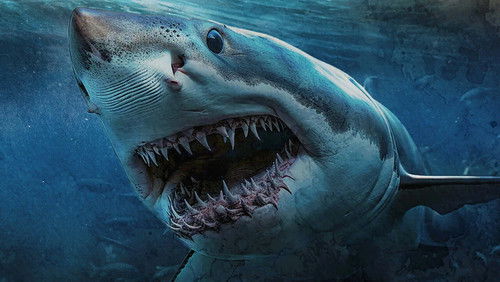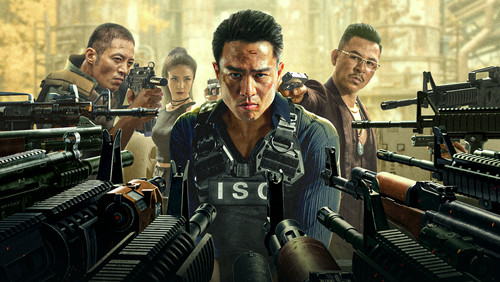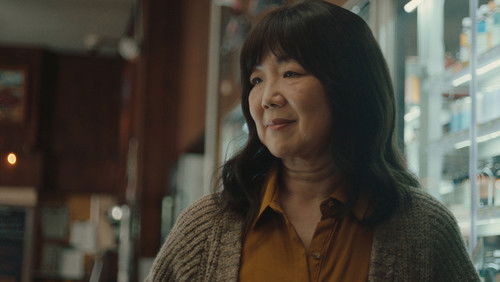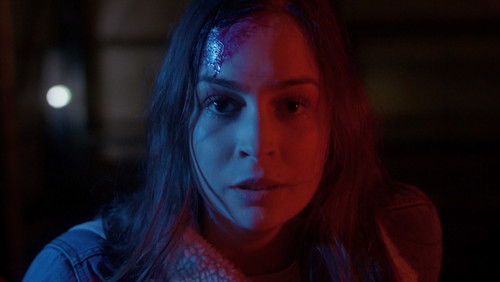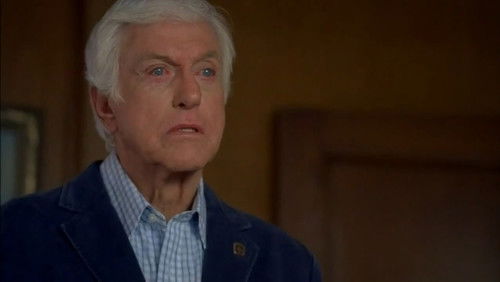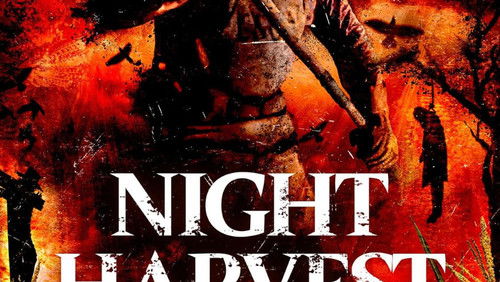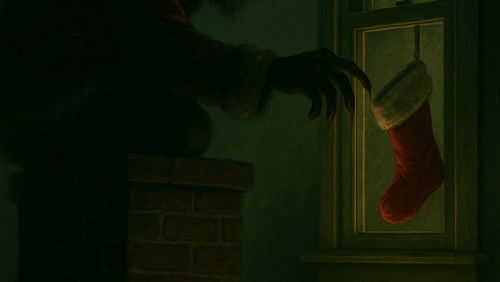Monsters: Dark Continent (2014)
7KMonsters: Dark Continent: Directed by Tom Green. With Johnny Harris, Sam Keeley, Joe Dempsie, Kyle Soller. Monsters’ reign continues to spread throughout the Earth.
“In 2010, a British visual effects designer named Gareth Edwards released the feature film u0026quot;Monstersu0026quot;, which he wrote, directed and edited. The movie that he (personally) shot in five countries over a three week period with a cast, crew and equipment that fit in one van, a film which he put together for under $500,000 made over $4 million worldwide. Edwards was rewarded with the opportunity to direct 2014u0026#39;s u0026quot;Godzillau0026quot; reboot. Critics and audiences, who gave u0026quot;Monstersu0026quot; generally positive reviews, were rewarded with a sequel, u0026quot;Monsters: Dark Continentu0026quot; (R, 1:59). But before we talk about whether the sequel really qualifies as a reward, letu0026#39;s set the stage for the second film by taking a quick look back at the first.u003cbr/u003eu003cbr/u003eThe story of the original u0026quot;Monstersu0026quot; has NASA bringing samples of possible living organisms back from one of Jupiteru0026#39;s moons, only to inadvertently introduce Earth to a new species that is larger and deadlier than anything currently on the planet. The Monsters end up spreading throughout northern Mexico and a quarantine of that half of the country is planned. The focus of the film is the efforts of a photojournalist to get his employeru0026#39;s daughter safely out of Mexico and back to the U.S. without getting killed by the monsters or trapped in the quarantine zone. The sequel picks up about ten years after the first film ends and has all new characters in a completely different setting and with a very different plot.u003cbr/u003eu003cbr/u003eThe production schedule for u0026quot;Godzillau0026quot; prevented Edwards from directing u0026quot;Monsters: Dark Continentu0026quot; (although he did serve as Executive Producer) and the sequelu0026#39;s writers, Jay Basu and Tom Green (the latter making his directorial debut with this film), made the sequel about the soldiers who are fighting the monsters. These creatures are about 300 feet tall and look like a spider, an octopus and a cockroach somehow all made a baby together and it was shot up with more steroids than every professional baseball and football player on the planet could use in a lifetime. No longer confined to Mexico, these creatures have become a world-wide problem. The U.S. military is trying to bomb the monsters into oblivion, but, at least in the Middle East, the collateral damage from those bombing campaigns has created a dangerous new insurgency that troops on the ground are needed to quell. As in the original film, the follow-up is mostly a story of human survival, with the monsters practically fading into the background (a point that some praise, but many criticize). The main focus is on a squad of Soldiers from Detroit who end up fighting the local insurgency under the battle-hardened Staff Sergeant Noah Frater (Johnny Harris). The member of the squad with which Frater ends up spending the most time is Private Michael Parkes (Sam Keely). Parkes is as scared as Frater is determined. Although we see the squad on patrol, and even killing one of the monsters with the small arms that they carry, most of the action takes place on a mission to rescue four fellow soldiers who are believed to be trapped by the insurgents. As is always the case in combat, these young soldiers have to depend on each other and on the wisdom of their leaders if they are to survive. And, as is often the case in war movies, inexperience clashes with experience, idealism clashes with reality and each soldier has to defeat his fear before he can ever hope to defeat the enemy. This film is a combination of u0026quot;The Hurt Lockeru0026quot;, u0026quot;Saving Private Ryanu0026quot;, u0026quot;Platoonu0026quot; and u0026quot;Starship Troopersu0026quot;, but with much more intensity.u003cbr/u003eu003cbr/u003eu0026quot;Monsters: Dark Continentu0026quot; delivers in terms of the emotions experienced by soldiers in high-stress situations, but thatu0026#39;s all it does. For one thing, everything about the marketing of the film – the title, the movie poster, the trailers – is misleading. Based on the title, I expected combat in the deepest, darkest jungles of Africa (maybe like a modern version of u0026quot;Predatoru0026quot;), not a story set in the villages of the part of northern Africa that is better described as part of the Middle East. Based on what I saw and heard before seeing this movie, I also expected lots of battles against, you know – monsters. The monsters really are gigantic, frightening, bad-tempered destruction machines, but they are mainly relegated to the role of background scenery. We see the insurgents take more lives than the creatures of the filmu0026#39;s title. In the few scenes where we observe the monsters up close, we mainly just see them destroying a few buildings, when we can tell that theyu0026#39;re capable of so much more. (Oh, the tragedy of wasted monster potential.) Even though I donu0026#39;t feel like I got what I paid for, I was impressed with the performances of the actors playing soldiers, but that wasnu0026#39;t enough for me or maybe it was too much. The action showing each man beneath the warrior was so incredibly intense that Iu0026#39;m hard-pressed to call this movie u0026quot;entertainingu0026quot; and the over-grown creepy-crawlies which could have added a lot to the story were largely MIA. u0026quot;C+u0026quot;”
